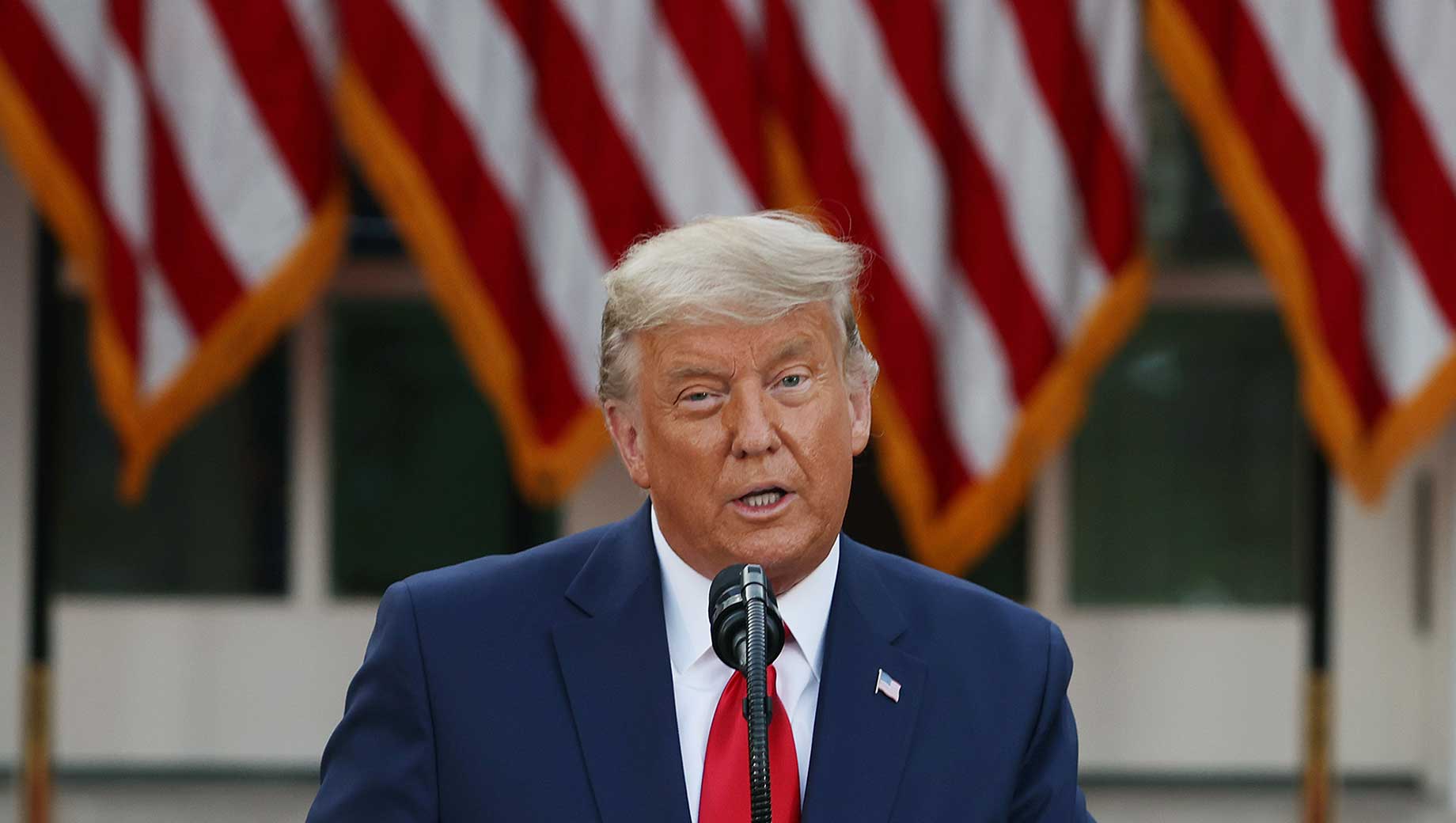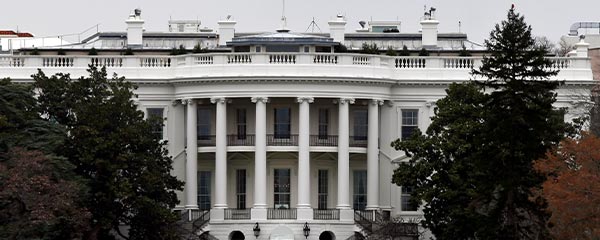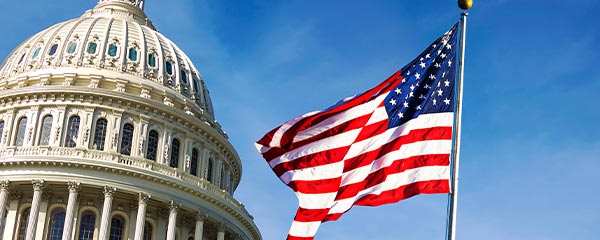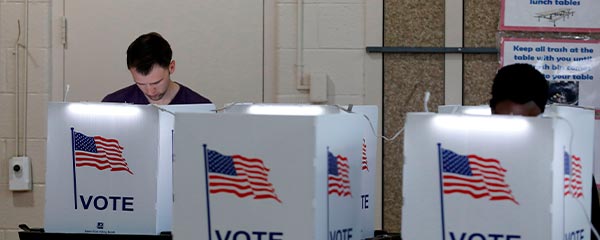Story Highlights
- 43% approve of job Trump is doing, down from 46% before the election
- Approval among Republicans stays high at 90%
- Republican satisfaction with nation down to 35% from 60%
WASHINGTON, D.C. -- President Donald Trump's first job approval rating after the Nov. 3 election is down slightly, to 43% from 46% measured in the second half of October.

Line graph. President Donald Trump's latest job approval rating is 43%. It is down slightly from 46% in the second half of October. His 2020 ratings have mostly been in the 40% range, apart from ratings of 39% in June and 38% in July. He registered several 49% readings earlier this year.
The Nov. 5-19 poll comes as Trump refuses to concede the election while he contests the results in several states. Tallied votes show Democratic opponent Joe Biden winning the national popular vote by 51% to 47% and earning 306 electoral votes to Trump's 232. So far, the Trump campaign's efforts in state courts or with vote recounts have been unsuccessful or have done little to alter the outcome in Trump's favor.
Trump is, thus, likely to become the fourth incumbent in the public opinion polling era to lose his reelection bid. The three incumbents who lost their reelection bids showed mixed patterns in post-defeat job approval ratings. Jimmy Carter saw his job approval rating decline after losing the 1980 election, while Gerald Ford and George H.W. Bush saw their ratings rise after losing the 1976 and 1992 elections, respectively.
Republicans are largely sticking with Trump, though his 90% job approval rating among his fellow partisans is slightly lower than the 95% measured just before the election, accounting for most of the decline in his overall rating. In contrast, Ford and Bush saw their job approval ratings rise among their fellow Republicans after losing, though they did not have nearly the same level of support within the party base before their elections that Trump did.
Currently, 39% of independents approve of the job Trump is doing, compared with 41% in the last preelection measure. The 3% of Democrats who approve of Trump is unchanged.
Republican Satisfaction Plunges
Overall, 21% of Americans are satisfied with the way things are going in the U.S., down from 28% before the election. That decline is mostly because of a steep drop in satisfaction among Republicans, from 60% in the second half of October to 35% after the election. The 60% Republican figure was up sharply from 39% in early October, perhaps reflecting a reaction to Trump's intense campaigning leading up to Election Day.
Satisfaction levels among independents and Democrats are mostly stable compared with the final preelection measure, but more independents are satisfied now than were before late October.

Line graph. The percentage of Republicans satisfied with the way things are going dropped to 35% in November from 60% in late October. That followed a surge from 39% in early October among Republicans. Twenty-two percent of independents are satisfied, unchanged from 21% in late October but higher than 14% in early October and similar ratings before that. Seven percent of Democrats are satisfied, compared with 3% in late October.
Gallup noted a similar surge and decline in satisfaction bracketing the 2016 election. That year, the preelection surge occurred among Democrats as Hillary Clinton sought to succeed incumbent Barack Obama as president. In Gallup's last preelection measure that year, 62% of Democrats were satisfied, up from 49% in early October. After Trump defeated Clinton in that election, Democrats' satisfaction tumbled to 36%. Republicans' satisfaction in 2016 was 14% right before the election and 17% afterward, despite Trump's surprise victory. It did rise to 55% after his inauguration.
Bottom Line
Trump's refusal to concede the election has not helped his standing with the American public, but it has not hurt him that much, either. His approval rating is down slightly from where it was just before the election but is not that different from his late summer and early fall ratings in the low 40s. That level of public support was not enough to win a second term in office, and Trump's legal and political tactics to change the apparent election outcome have been largely unsuccessful.
The lack of significant change in Trump's postelection approval is in keeping with the pattern of support for him throughout his presidency. His approval ratings have been primarily in the 40% range, apart from an extended period in the mid- to high 30s from June 2017 through January 2018 and a few isolated sub-40% readings since then, including in June of this year.
Trump's approval ratings have been the product of consistently very low ratings among Democrats and consistently very high ratings among Republicans. Independents' approval ratings have varied more, accounting for much of the movement in his overall approval, but only as many as 47% of independents have ever approved of Trump's performance.
With an average 41% job approval rating among all Americans throughout his term, and only one or two more Gallup ratings likely to be taken during the remainder of his term, Trump is all but certain to leave office with the lowest average approval rating for a U.S. president.
Explore President Trump's approval ratings and compare them with those of past presidents in the Gallup Presidential Job Approval Center.
View complete question responses and trends (PDF download).
Learn more about how the Gallup Poll Social Series works.




